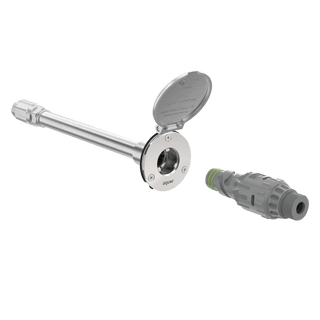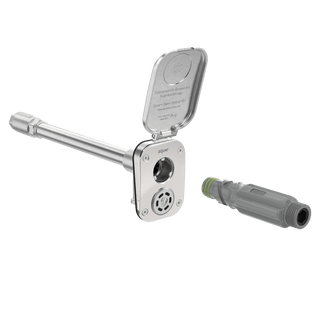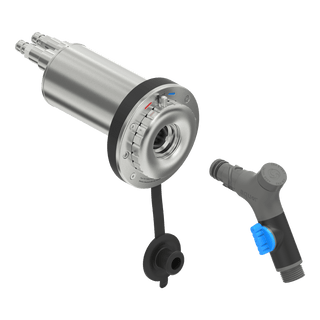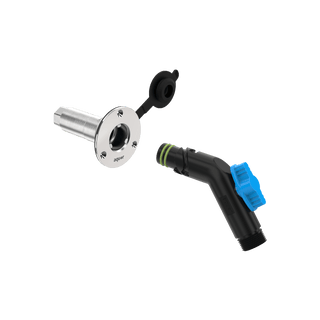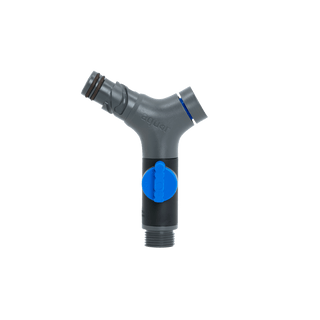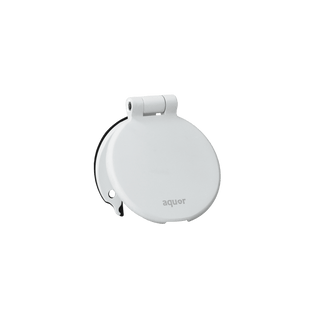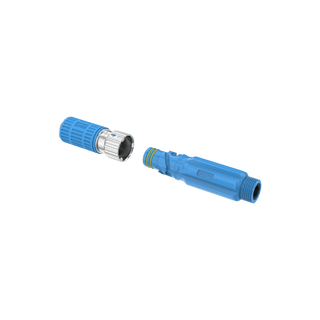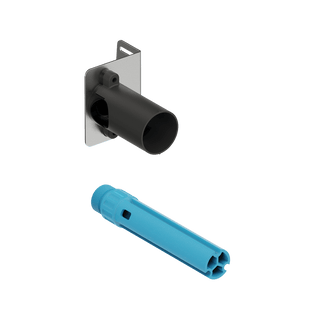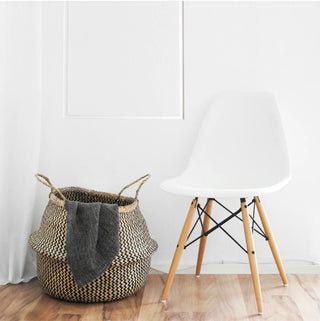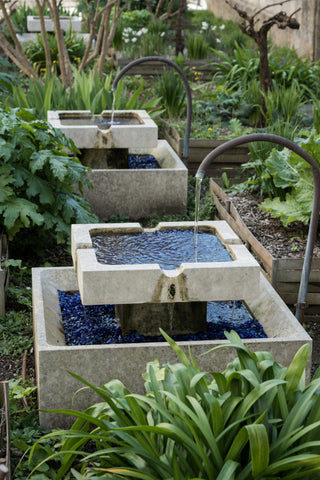Is Lead Actually Bad for You?
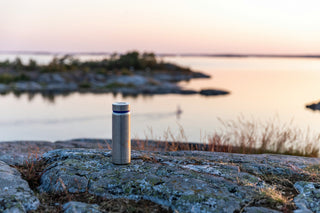
You may have heard about the use of lead in reusable water bottles. So, what exactly is lead and what are its effects on our health?
Lead is a chemical element. The heavy metal is denser than most common materials. Despite its density, lead is soft and malleable, plus it has a relatively low melting point. When freshly cut, lead is shiny gray with a hint of blue. It tarnishes to a dull gray color when exposed to air.
It’s true, lead is a toxic substance that can be harmful to human health.

Exposure to lead can occur through various sources, including contaminated air, water, soil, and consumer products. Lead poisoning can have serious health effects, particularly in children, pregnant women, and developing fetuses.
Ingesting or inhaling lead can lead to a range of health problems, including developmental delays, learning disabilities, lower IQ, behavioral issues, and damage to the kidneys and nervous system. Even low levels of lead exposure can have adverse effects—there is no safe level of lead exposure.
Efforts to reduce lead exposure include measures to remove lead-based paint from homes, monitoring and regulating lead levels in drinking water, and addressing lead in certain consumer products. It is essential to be aware of potential sources of lead exposure and take steps to minimize the risk. If you suspect lead exposure or poisoning, it is important to seek medical attention promptly.

Lead used to be a common component in plumbing materials, including brass fittings and fixtures such as hose bibs (outdoor water faucets). In recent years, however, there have been efforts to reduce or eliminate the use of lead in plumbing products due to its toxicity.
Modern building codes and regulations often require plumbing fixtures to be lead-free, and many manufacturers have transitioned to producing lead-free brass fittings and fixtures.
If you have concerns about the presence of lead in your hose bibs or other plumbing fixtures, you can take the following steps:
Look for plumbing fixtures that are certified as lead-free. In the United States, products meeting the requirements of the Safe Drinking Water Act (SDWA) are typically marked as "NSF/ANSI 61" or "NSF/ANSI 372" certified.
If you are uncertain about the materials used in your plumbing fixtures, consider talking with a licensed plumber. They can provide information about the composition of your fixtures and recommend replacements.
If your hose bibs or other fixtures are found to contain lead, or if you are unsure of their composition, it may be a good idea to replace them with lead-free alternatives.

Aquor Water Systems Hydrants are the only outdoor faucets to have a lead-free manufacturing process, as well as zero lead in the hydrants themselves. The hydrant is composed of 316L marine-grade stainless steel, which is extremely durable, frost-resistant, and drinking water safe.

Always follow local regulations and guidelines related to plumbing materials and water quality to ensure that your plumbing system meets safety standards. If you suspect lead exposure in your home's water supply, it's recommended to have water testing conducted to assess the actual lead levels.
Looking for a 100% lead-free water bottle? Hydro Flask is a great choice!


